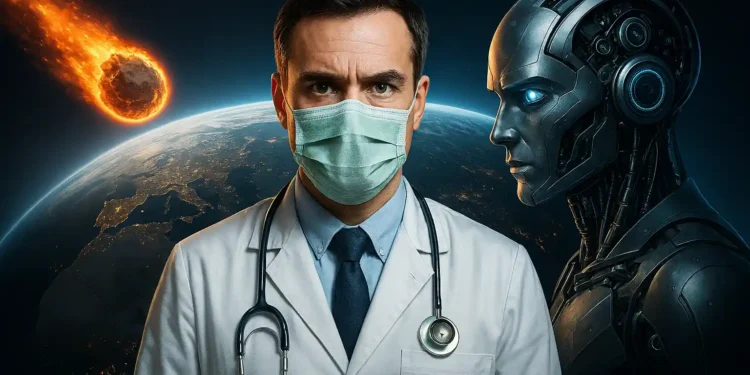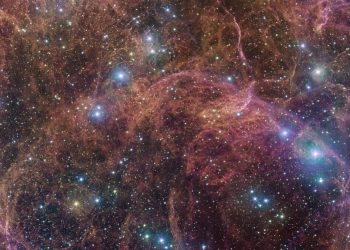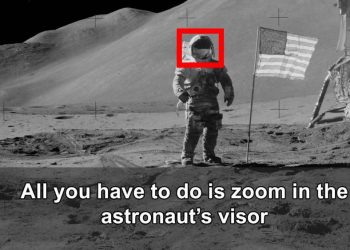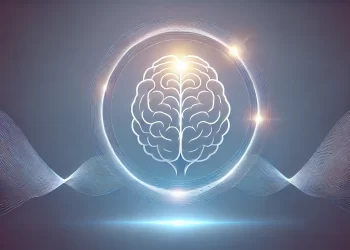The greatest threats to the future of humankind may not come from asteroids or alien invasions. According to scientists, the most likely causes of global catastrophe include nuclear war, pandemics, ecological collapse, and artificial intelligence — risks that are already with us today.
When most people think of the end of the world, they imagine something cinematic: nuclear missiles falling from the sky, AI turning hostile, or a massive asteroid slamming into Earth. But the truth, scientists say, may be far less dramatic — and much more complicated.
Greatest threats to the future of humankind
A report by the Swedish-based Global Challenges Foundation outlines the greatest threats to the future of humankind, based on expert analysis across fields like climate science, geopolitics, biotechnology, and space. The list doesn’t just warn us about what might go wrong — it urges governments, institutions, and individuals to start thinking about how we prepare for events we hope never happen.
Here are the nine scenarios scientists say could change the course of human civilization — or end it altogether.
1. Nuclear Warfare
Even a single detonation over a major city would be catastrophic, but full-scale nuclear war could lead to what scientists call nuclear winter — a global drop in temperature that follows massive firestorms. With thousands of warheads still in existence, especially between the U.S. and Russia, the danger of miscalculation or escalation remains one of the greatest threats to humanity’s future.
2. Biological and Chemical Warfare
Unlike nuclear weapons, biological and chemical agents are cheaper to produce and can be just as devastating. Whether in the hands of rogue states or non-state actors, the ability to genetically modify viruses or toxins presents one of the most unpredictable and difficult-to-contain global risks. Looking at how things are in 2025, I would say that this is one of the greatest threats to the future of humankind, currently.
3. Catastrophic Climate Change
Rising global temperatures — even by 1 to 3 degrees Celsius — could have irreversible consequences. Extreme weather, rising sea levels, desertification, and ecosystem collapse could disrupt food supplies and displace hundreds of millions of people. Even under moderate warming scenarios, scientists expect stronger tropical storms and prolonged droughts.
4. Ecological Collapse
Human civilization depends on ecosystems we often take for granted — clean water, breathable air, fertile soil. As we drive species to extinction and push ecosystems past their limits, we risk losing the natural support systems that keep us alive. Without biodiversity, agriculture and fresh water access may collapse.
5. Pandemics
From the Black Death to COVID-19, history has shown how fast diseases can spread and overwhelm societies. Some models suggest future pandemics could be deadlier — especially if new pathogens are engineered or emerge in an increasingly interconnected world. A fast-spreading, highly lethal virus could cripple global systems in weeks.
6. Asteroid Impact
It’s rare, but it’s happened before. The asteroid that struck Earth 65 million years ago wiped out the dinosaurs. A similar event today — from an object just 1–2 kilometers wide — could eject enough dust to block sunlight for months, triggering mass extinctions and climate shifts on a global scale. At the beginning of 2025 we had a scare. An asteroid called 2024 YR4 was calculated to have a trajectory that led it to impact Earth. However, later calculations showed that there is no threat, at least not for now. Nonetheles, asteroid impacts remain one of the greatest threats to the future of humankind.
7. Supervolcanic Eruption
Massive eruptions like the Toba supervolcano (~74,000 years ago) have altered Earth’s climate for years, killing off plants and animals across continents. Scientists say we’re unable to accurately predict when or where the next one might occur. An eruption of this magnitude could wipe out harvests and trigger global famine.
8. Solar Engineering
The idea of cooling Earth by injecting aerosols into the atmosphere sounds promising — until it’s not. Solar geoengineering could help reduce warming temporarily, but it comes with high-stakes risks. A poorly executed or abrupt halt to such a program could cause extreme and unpredictable climate shocks.
9. Artificial Intelligence
Of all the greatest threats to the future of humankind, AI may be the most misunderstood. The danger isn’t killer robots — it’s systems that outthink us in ways we don’t expect. If artificial intelligence develops goals misaligned with human interests and the capability to act on them, we may not have time to respond.
Scientists aren’t predicting apocalypse — they’re offering a warning. Many of these risks can be reduced or prevented with global cooperation, better science, and serious planning. But as Martin Rees, co-founder of the Cambridge Centre for the Study of Existential Risk, put it: “We fret about the small things. The big ones sneak up on us.”
But if you ask me what is the greatest threat? I’d say we. Humankind is the greatest threat.











